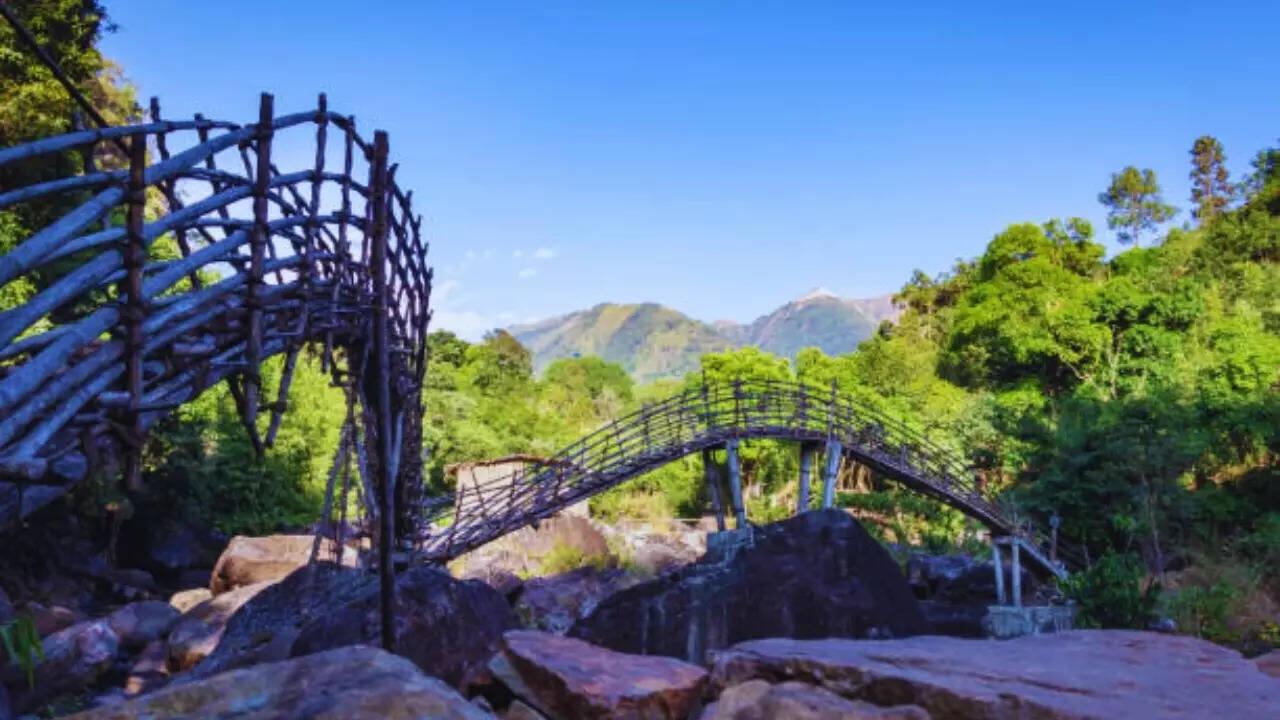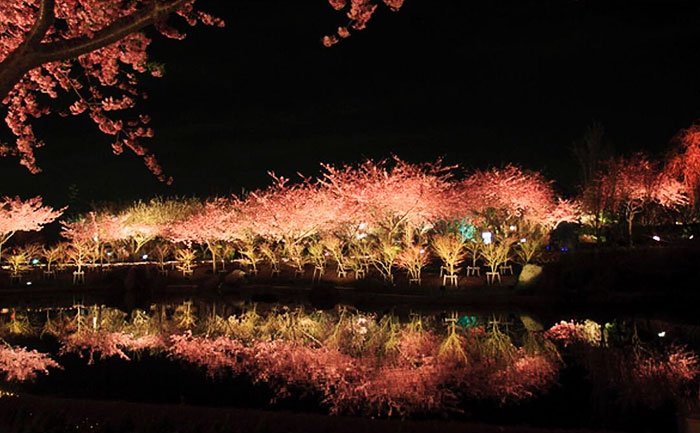Meghalaya: “This is India’s Scariest Trek” Draws Adventurers to Hidden Hills

Shillong, Meghalaya — September 21, 2025 Meghalaya’s rugged terrain and mist-shrouded hills are now drawing attention not just for their beauty but for their growing popularity among thrill-seekers, as “India’s scariest trek” in the state becomes a magnet for adventurers pushing limits. The particular trek, located in a remote section of Meghalaya’s forested uplands, has been described as one of the most difficult in the country — combining extreme altitude shifts, unpredictable weather, dense forest cover, and paths that often vanish into steep slopes. The state’s tourism and forest departments report that over the past few weeks, interest in this trek has surged. Groups of young hikers, both from India and abroad, have been making plans months in advance to take on the challenge. Many are drawn by the idea of authenticity — trails that are not over-commercialized, and scenery that remains largely untouched by mass tourism. However, with great challenge comes great risk. Local rescue teams have cautioned prospective trekkers that the trail is suitable only for those with prior high-altitude trekking experience. The path involves slippery moss-covered rock faces, frequent mist that reduces visibility to almost zero, and sudden rain squalls that can swell streams and wash out makeshift footbridges. Altitude sickness, disorientation, and injuries are real dangers. To mitigate risks, the state government has started issuing advisories: trekkers are being encouraged to register with local forest or tourism offices, travel in groups, and make sure they have proper gear, including waterproof boots, GPS or compasses, first-aid kits, and sufficient food and water. Local guides familiar with the terrain are being promoted; many visitor groups are hiring them to navigate the trickiest sections safely. For nearby villagers, the trend offers opportunities. Homestays, small shops selling trekking gear and supplies, and transport providers stand to benefit from increased footfall. Some local entrepreneurs are organizing package treks, combining this toughest trek with other nearby attractions — waterfalls, limestone caves, and panoramic viewpoint spots — to spread the benefit across local eco-tourism networks. But concerns persist. Environmentalists warn that the increased traffic may damage fragile ecosystems: moss and soil erosion, littering, disturbance to wildlife, and strain on water sources. The forest department says it is deploying stricter regulations around camping and waste disposal. Permits for entering certain forested zones are being tightly controlled, and overnight stay points are being monitored. Local administrations are assessing emergency response capacity: whether rescue teams have adequate training and equipment; whether there are enough helipads or access points in case airlift is required; and whether communication networks function in these remote zones during inclement weather. Thrill and risk aside, the popularity of this trek speaks to Meghalaya’s unique geography: a state where valleys, ridges, cloud forests, and high rainfall combine to create dramatic landscapes. For many adventurers, the challenge is part of the draw — not just reaching a destination, but surviving the journey. As the season progresses, tourism bodies hope to formalize this trek further — mapping safe rest points, installing signage, and including it in official guides — without robbing it of its raw appeal. For Meghalaya, this could mean balancing visitor interest with environmental protection and local benefit.




